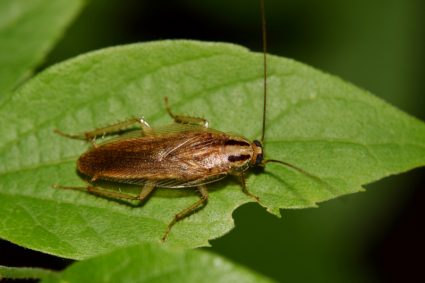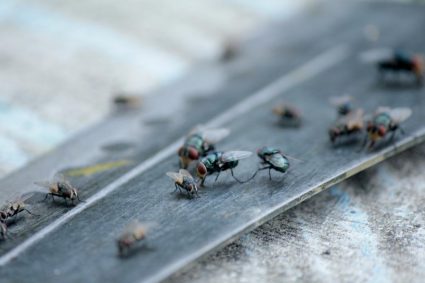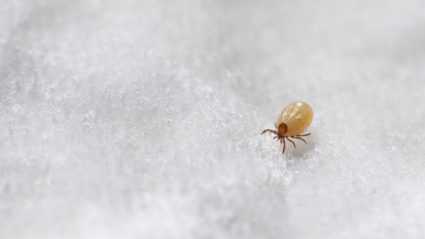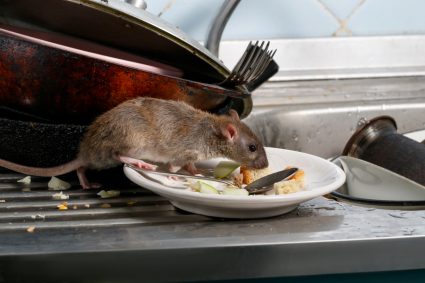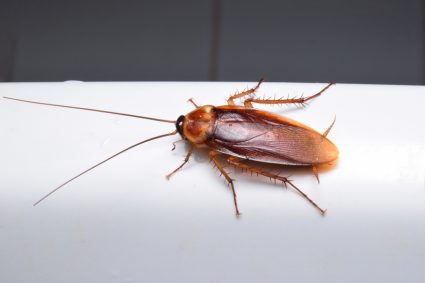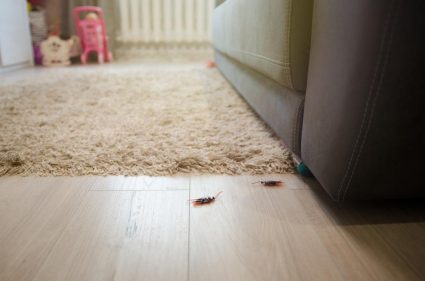
Flea dirt, as innocuous as it may sound, is actually the feces of fleas. It’s a mixture of digested blood and flea waste, and its presence is a clear indication that your pet has fleas. This comprehensive guide will provide you with all the information you need to understand what flea dirt is, how to identify it, and how to effectively prevent and treat it.
Flea dirt is the feces of fleas, composed of digested blood and flea waste. It appears as small black specks on your pet, often in areas of light-colored hair or where fleas are concentrated. You can confirm it’s flea dirt by rubbing it on a moistened white paper towel; if it dissolves into a reddish-brown color, it’s flea dirt. Its presence indicates a flea infestation, which can lead to various health risks for pets and humans.
Identifying Flea Dirt
Flea dirt appears as small black specks or flecks, similar to ground pepper or tiny black dots. It is most commonly found in areas of thin or light-colored hair or where fleas are concentrated, such as the dorsal back (just cranial to the tail) or between the tummy and the leg.
To confirm if these specks are indeed flea dirt, perform a simple test: take a moistened white paper towel and gently rub it on the area where you suspect flea dirt. If the specks dissolve into a reddish-brown color, it’s flea dirt. This color change occurs because flea dirt is made up of partially digested animal blood. Regular dirt will not produce this reddish-brown color when wet.
Sources of Flea Dirt
Flea dirt is a sign of flea infestation, which can occur from various sources:
- Outdoor exposure: Fleas thrive in gardens, parks, or tall grass, and pets can pick them up during outdoor activities.
- Contact with infested animals: Pets can get fleas from socializing with other infested animals.
- Infested furniture or rugs: Fleas can be brought into the home on used furniture or rugs that haven’t been thoroughly cleaned.
- Infested pet bedding: Fleas can thrive in pet bedding that is not regularly washed in hot, soapy water.
- Wooded areas: Fleas can attach to humans or pets in heavily wooded areas and be brought indoors.
The Impact of Flea Dirt
While flea dirt itself is not directly harmful to pets and humans, its presence indicates that there are fleas living on your pet. Fleas can transmit diseases to animals and humans, such as bartonellosis, tapeworms, anemia, and others. Flea dirt can also contain blood, which, if infected, could cause diseases.
Prevention and Treatment
Preventing fleas is the best way to avoid flea dirt. Here are some methods to help you get rid of flea dirt:
- Bathe your pet: Use a pet-safe shampoo to give your pet a thorough bath. This will help remove flea dirt and any fleas present on their fur.
- Use a flea comb: Comb your pet’s fur with a flea comb to remove visible flea dirt and fleas.
- Vacuum your home: Vacuum carpets, furniture, and floors to remove flea dirt and eggs. Be sure to dispose of the vacuum bag or empty the canister outside to prevent fleas from re-infesting your home.
- Wash bedding and fabrics: Wash your pet’s bedding, blankets, and any other fabrics in hot water to remove flea dirt and kill fleas.
- Use flea control products: Consult with your veterinarian to choose appropriate flea prevention products for your pet and home.
Natural remedies can also help in preventing flea infestations. Essential oils like citronella, eucalyptus, peppermint, tea tree, and rosemary can help repel fleas. Other natural remedies include coconut oil, apple cider vinegar, brewer’s yeast, and diatomaceous earth. However, always consult with your veterinarian before trying any of these remedies to ensure they are safe and appropriate for your pet.
Conclusion
Flea dirt is more than just an unsightly nuisance. It’s a sign of a flea infestation that can pose health risks for your pet and potentially for you. By understanding what flea dirt is, how to identify it, and how to prevent and treat it, you can keep your pets healthy and your home flea-free.
Frequently Asked Questions
How long does it take for flea dirt to appear after a pet has been infested?
Flea dirt can appear as soon as a few hours after your pet has been infested with fleas. This is because fleas start feeding on your pet’s blood immediately after infestation, producing flea dirt as a result.
Can I get fleas from flea dirt?
No, flea dirt itself cannot cause a flea infestation. However, it’s a sign that fleas are present and you can get fleas from your infested pet or other infested areas.
Can flea dirt cause any skin problems for my pet?
Yes, flea dirt, along with flea bites, can cause skin irritation and itchiness in pets. If your pet scratches too much, it can lead to skin infections.
Can flea dirt be found on humans?
While it’s rare, flea dirt can be found on humans if they have been in close contact with an infested pet. However, it’s more likely to be found on your pet and their bedding.
How often should I wash my pet’s bedding to prevent flea infestations?
Ideally, you should wash your pet’s bedding once a week in hot water to prevent flea infestations. This will help remove any flea dirt, eggs, and adult fleas.

